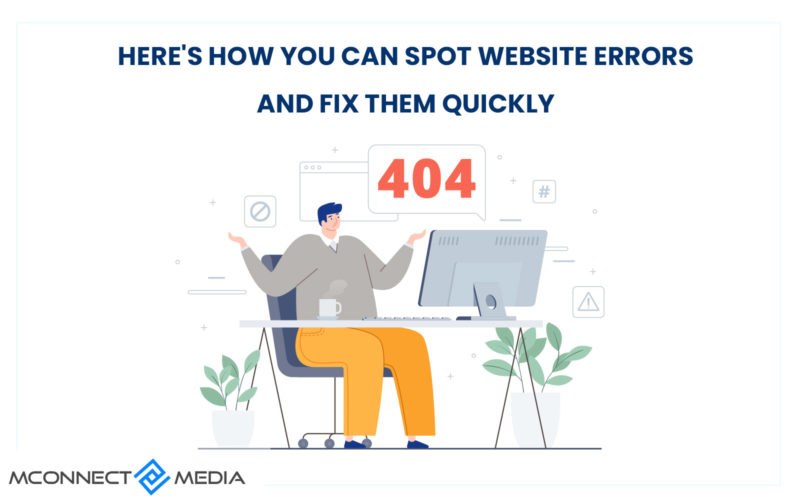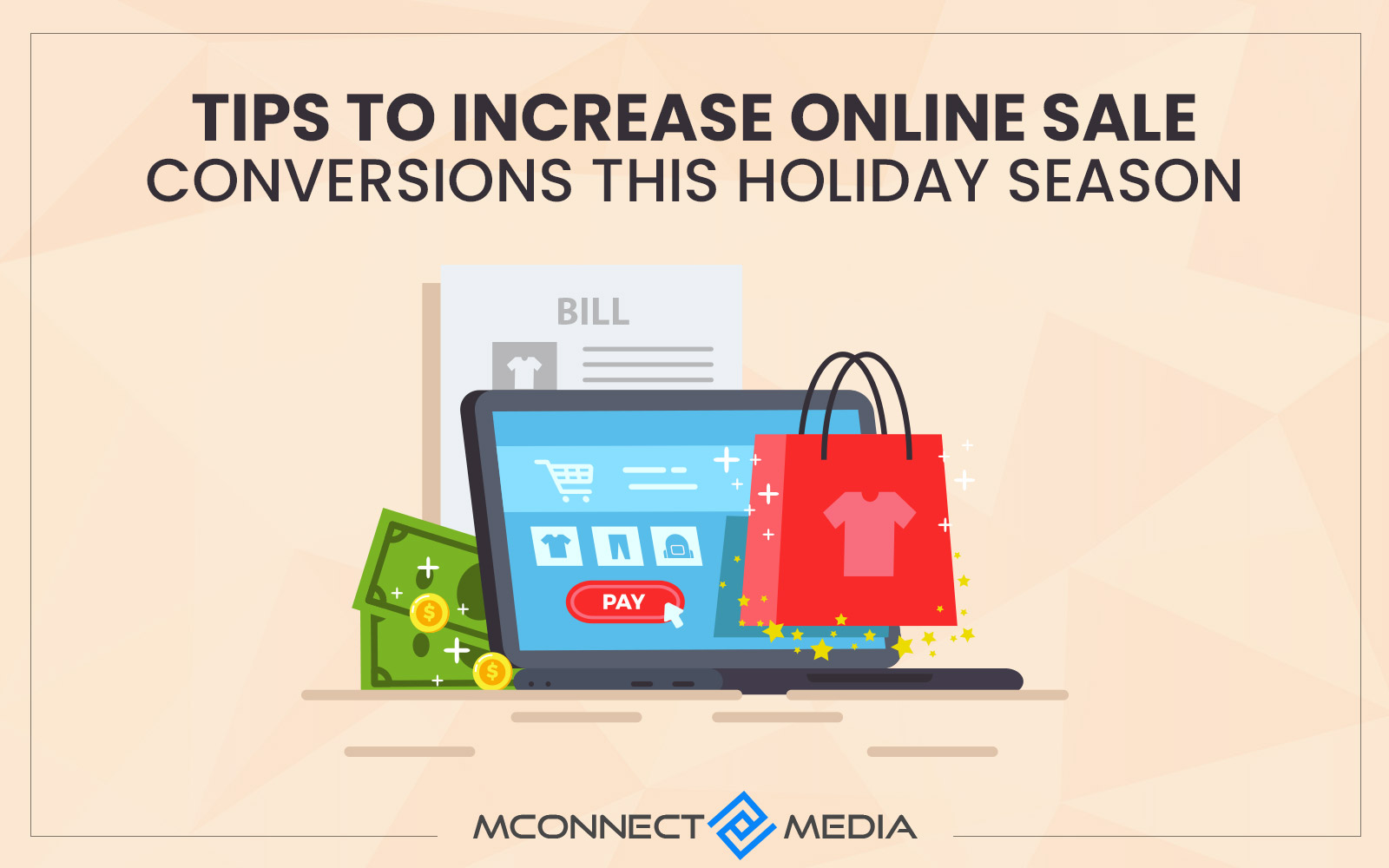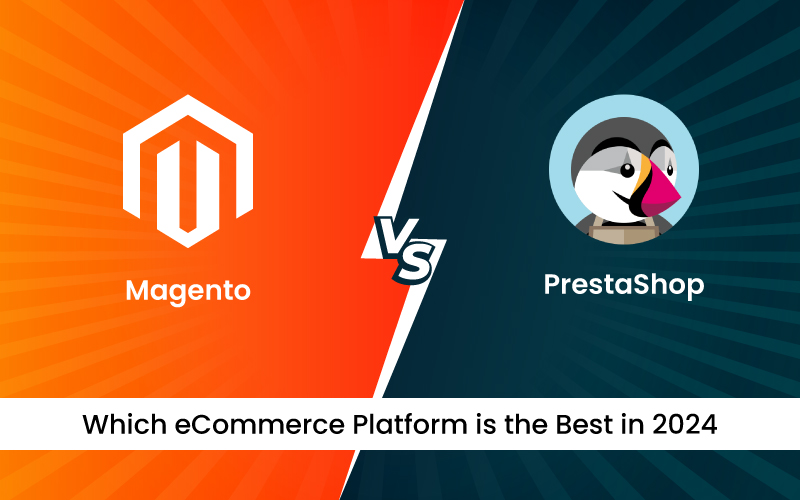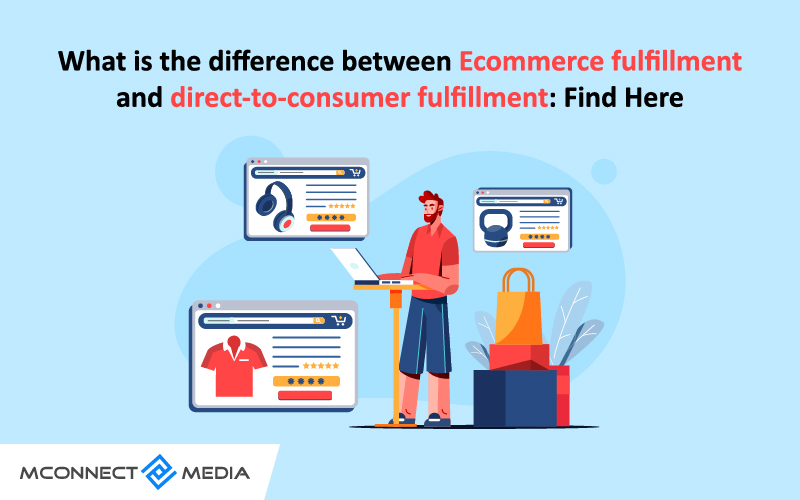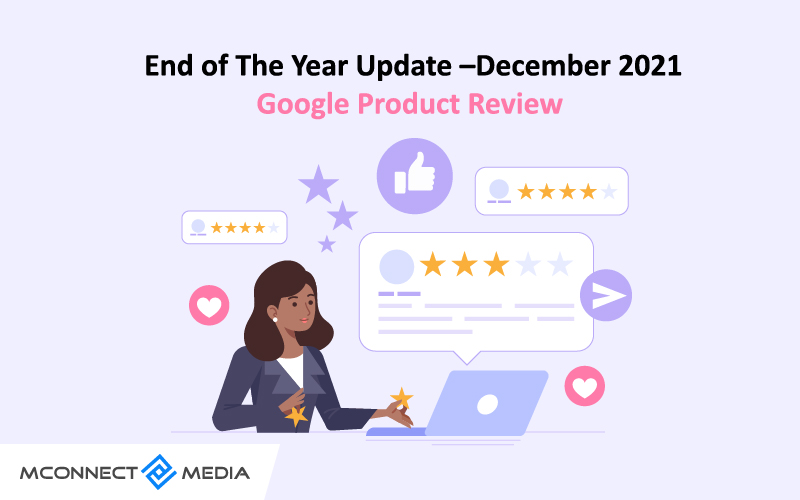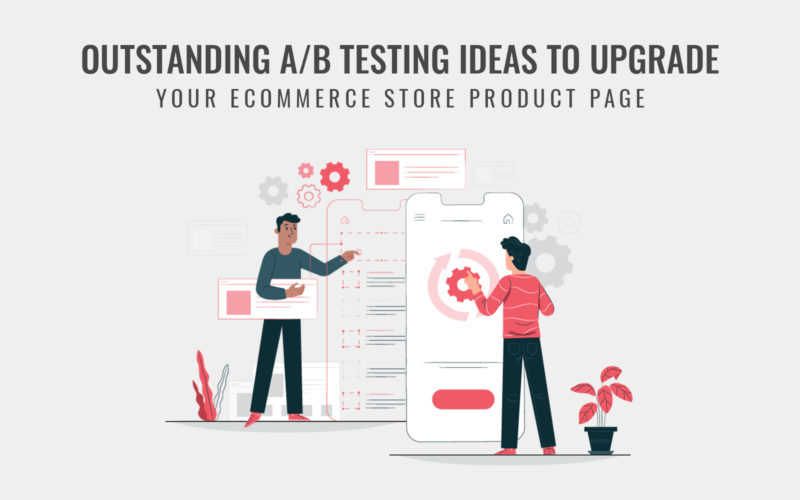The reason you may not be able to run your website smoothly may be the result of insecure internet, outdated web pages, or broken links. Everyone here would disagree with the claim of having always experienced top-performance website experiences. Errors on websites are as common as your old shoes. All you need to do is find the answers to a few questions, such as:
- What is the duration of the downtime?
- What is the main cause of the problem?
- What can be done to fix the problem as soon as possible?
Bugs and errors are a nightmare for any developer, but it gives you the chance to improve the overall quality of the website. This is because errors make sure that your website has weaker parts that need to be fixed, and that is what they tell you to fix.
In this guide, we’ll explain how to spot web errors. Finding errors on your site in a proactive manner helps you deliver a good user experience, as you can often fix the issue before it affects your users. Here are a few of the steps you can take to spot errors on your site.
Why You Do Need to Detect Errors on Your Website?
The importance of detecting errors on your website must be understood before we discuss what can be the errors and how they can be detected. In the beginning, it is obvious you want your business website to reach as many people as possible, but you will never want those people to come across an error message.
The website should not be displayed with an error message (fingers crossed), nor should your visitors wait for it to load. It is likely that you will lose customers if your customer thinks it takes a long time for your checkout page to load on your site.
We used to say patience is the best cure for every kind of problem, but when it comes to running a website, nothing but trouble will result. People don’t always have the patience to wait several minutes to make a purchase. There is, however, a need to fix these types of errors, but it is not easy to notice them. Don’t worry, we’ll help you find it.
Even if you are a good tester, there are plenty of errors that go undetected. However, some errors may still go unnoticed. When it comes to eCommerce websites, these errors can be crippling to your business.
Types of Errors and How to find out about them
When you have a lot of visitors a day, monitoring and maintaining your website performance is crucial. Poor performance in any area will lead to lower conversion rates as well as less precise data collection, which will be needed in the future to evaluate and improve your marketing efforts. Here we will look at some of the errors that cause your site to go turtle.
1. HTTP errors
There are a number of reasons why your website isn’t working the way visitors expect it to, and it can be very frustrating for them. It can be annoying to be browsing a website and we have all experienced it at some point.
The web server may send out errors as messages indicating something went wrong, and there are several different types that are common:
- 401 (Unauthorized)
This is a kind of error that users will get when they aren’t authorized to site. In order to get access, you need to review the URL of the page that’s causing the error, chances are that the link clicked is one that’s for authorized users only.
- 403 (Forbidden)
A 403 error means that the server will not complete the request because the user is not allowed access. In this scenario, even though the user is logged in with a valid ID and password, he or she doesn’t have permission to access certain pages. The website administrator will typically have to update the user’s password if the access is not updated by the user.
2. Slow page load timeout
Errors with code 408 can hurt your customers. There are a number of reasons why a website may take a long time to load. If your website receives a lot of traffic, the server might be running slowly.
Here are some things you can do:
- Code optimization
Optimizing your code can help speed up its execution. In other words, if your code is well-optimized, your website will run smoothly and you will avoid errors such as timeouts.
- Images should be optimized
The larger the image, the longer it will take to download it from the server. Consequently, if you have lots of images on your website, it will load slowly. The size of the images can be reduced to improve the speed of the website.
3. Broken links and outdated copyright
If your website has broken links, visitors are likely to lose interest. Instead of removing it manually, use tools instead. You will save a lot of time and resources.
The copyrights of one website may be outdated, meaning you may see outdated copyright on other websites. This gives the impression to your customers that you are not in business. That’s why it needs to be fixed.
4. Temporarily overloading the service
Let’s say you have an online store and your website visitors get a 503 error before completing the checkout process. This error may be the result of website congestion. For business purposes, we like to have huge traffic on our site, and this error can be resolved after traffic has decreased. When it resolves the problem, you may have already lost customers and sales. But what after the bird ate the field.
Making use of a content delivery network can help your website handle high traffic. The CDN duplicates your website’s data and sends it across servers. As a result, when someone accesses your website, the nearest server to their location will be accessed. This improves the performance of the website and reduces the risk of receiving a 503 error code.
Final Words
It is likely that when you visit a website, many things will go wrong. From here, you would have known the reasons and solutions for the most common problems. It is possible to reduce these issues so that your website becomes more user-friendly and search engine friendly. It won’t be easy, but believe us, it’ll be worth it.
Do you need help fixing errors on your eCommerce website? M-connect Media can assist you. Our eCommerce consulting team comprises eCommerce developers, designers, and consultants who can assist you in achieving your goals. Contact us for more information.

